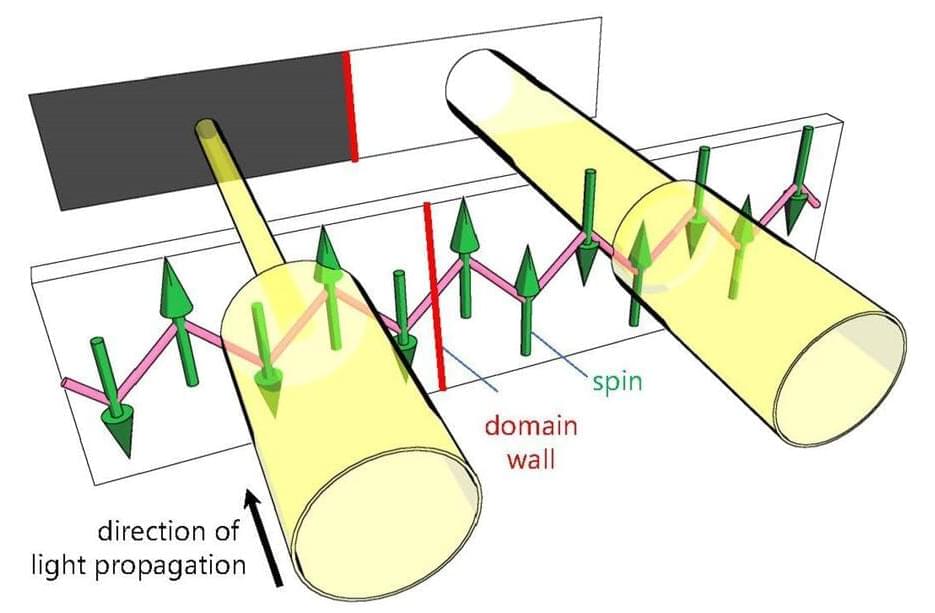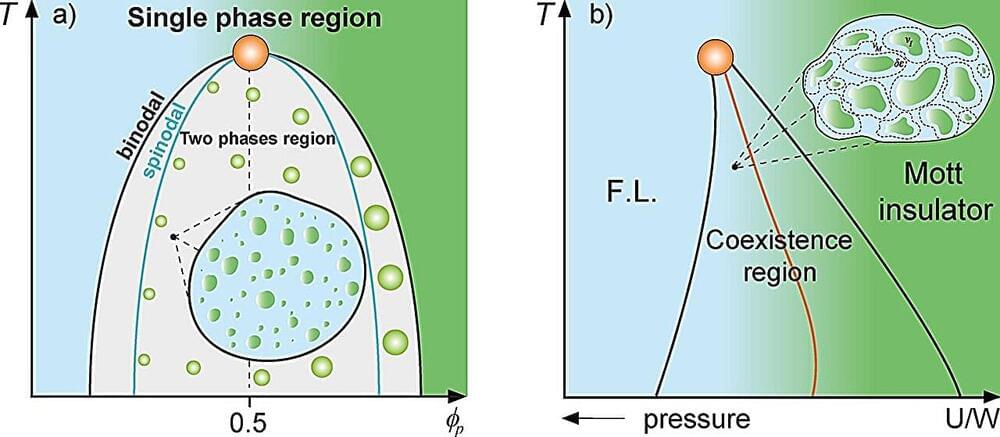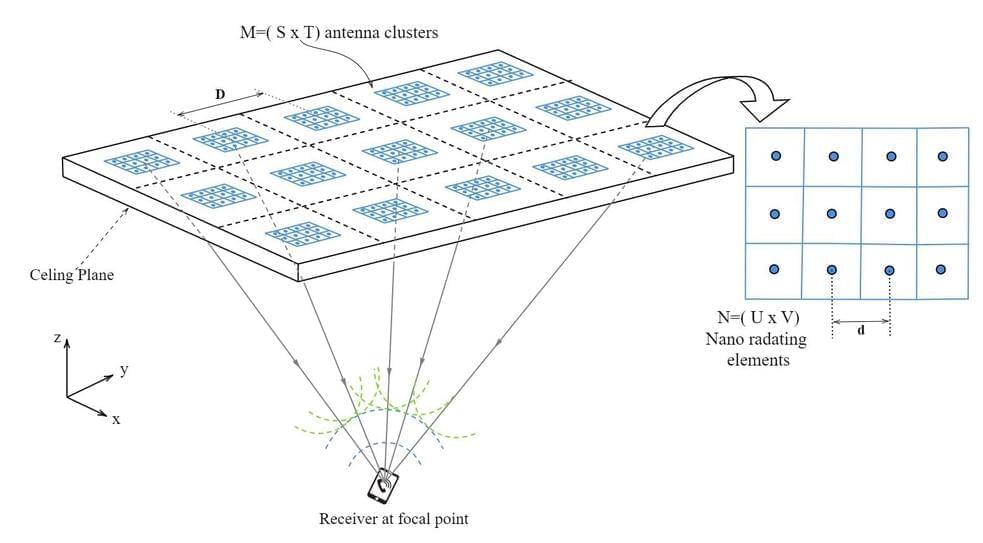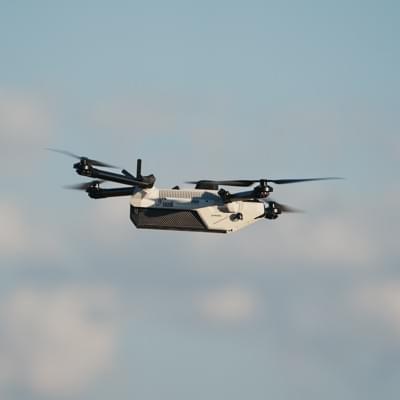Oct 12, 2024
Black holes might not be entirely black or even true holes
Posted by Shubham Ghosh Roy in categories: cosmology, singularity
Dark Stars Could Explain Dark Matter and Fast Radio Bursts, Challenging Our Understanding of Black Holes
A theory suggests that black holes, rather than being empty voids in space, might actually be “dark stars” filled with incredibly dense and exotic matter. This concept could provide new insights into two of the universe’s greatest mysteries: the nature of black holes and the elusive dark matter.
Black holes, as understood through Albert Einstein’s general theory of relativity, are regions in space where matter is so compact that it warps space-time, creating a gravitational pull so intense that even light cannot escape. The center of a black hole is believed to contain a singularity, an infinitely small and dense point where gravity becomes infinitely strong. This singularity is surrounded by an event horizon, a boundary beyond which light and matter cannot escape.
















